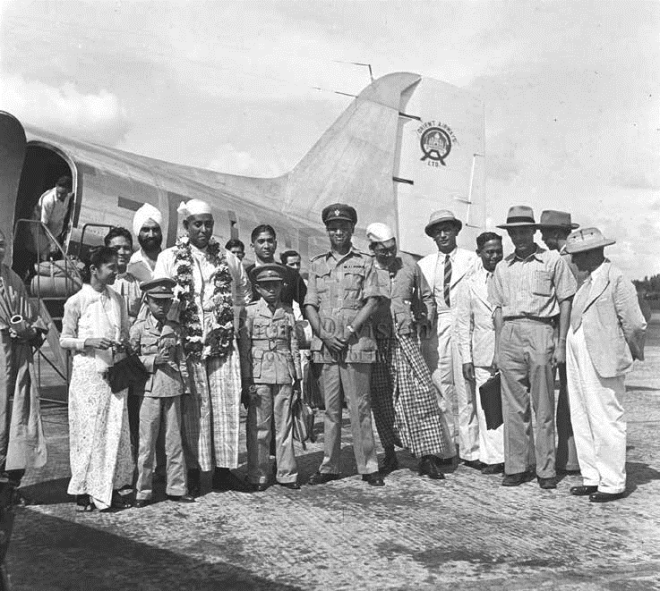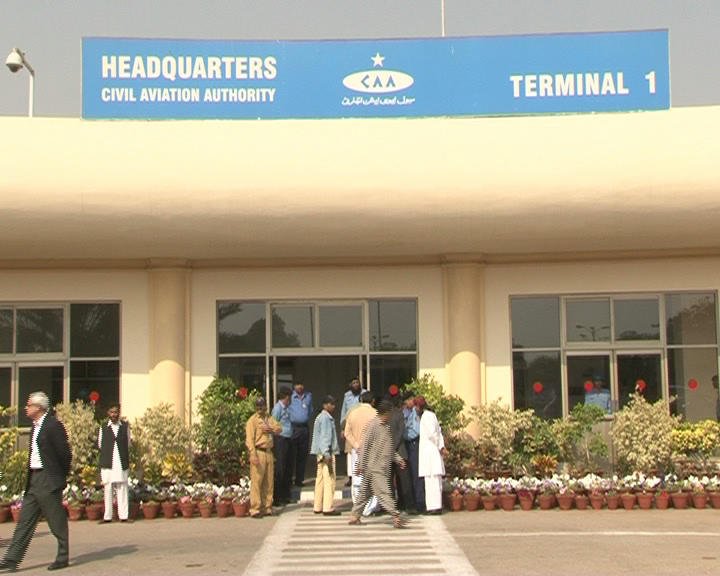Civil Aviation Authority Pakistan
Pakistan Civil Aviation Authority (CAA) comes under the public sector. It is an autonomous body working under the Federal Government of Pakistan through the Aviation Division Cabinet Secretariat. It was established on 7th December 1982 through Pakistan Civil Aviation Authority (PCCA) Ordinance 1982. Earlier, a Civil Aviation Department (CAD) in the Ministry of Defence (MoD) used to manage Civil Aviation-related activities. This control remained with the Ministry of Defence (MoD) even after creating the CAA on 7th December 1982. However, in June 2013, the Government of Pakistan formed an independent Cabinet Secretariat (Aviation Division).
History of Civil Aviation Authority
The roots of aviation in Pakistan date back well before 1947. The Royal Air Force used airstrips in Pakistan and India before partitioning aerial operations in World War II. Pakistan Aviation Industry has evolved as early as with the inception of Pakistan. The first airline, Orient Airways, was formed in late 1946 by a group of leading Muslim industrialists, prominently Mirza Ahmed Ispahani. The airline was initially based in Calcutta. However, it shifted its operations to Karachi in October 1947. The airline remained Pakistan’s leading commercial operator for almost 9 years. It was later merged into the newly formed Pakistan International Airline Corporation (PIAC) in 1955.

Read more: History of PIA
Functions of CAA Pakistan
PCAA plays the role of aviation regulator and performs the service provider functions of Air Navigation Services (ANS) and Airport Services (AS). Therefore, it is both a regulator and a service provider. The functions of PCAA include Regulatory, Air Navigation Services, and Airport Services. The Headquarters of CAA is located in Karachi.

Read more: CAA Pakistan – About us
Role of CAA as a Regulator
CAA’s prime role is to maintain oversight on the safety standards of the air operators in Pakistan. PIA is the oldest air operator in the Pakistan Aviation Industry, while AirSial is the fraternity’s youngest member. The safety oversight concept is linked with the State Safety Program (SSP) formulated in line with the International Civil Aviation Organization’s (ICAO) mandate. It is a comprehensive program that deals with the compliance of safety standards in air operations. The airlines are required to comply with the SSP in general.
Read more: It is Time For AirSial to Shine on Domestic Route
Safety Management System
However, there is another safety mechanism in place for the airlines. It is known as the Safety Management System (SMS). All airlines must have their own independent SMS Programs to ensure the safety of their equipment and personnel. A safety management system (SMS) is a systematic approach to managing safety, including the necessary organizational structures, accountabilities, policies, and procedures. The system is officially covered under the ICAO document 9859. It is primarily focused on the hazard identification and risk management system. The Safety Management System Program should be aligned with the State Safety Program of the respective Civil Aviation Authorities worldwide.
Regulator vs Operator
Being a regulator, CAA must maintain a strong vigil on the operators’ safety standards and related issues. However, the opposite has been witnessed in the past almost 40 years. Two of the most prominent issues witnessed last year are just the tip of the iceberg. There are other multiple issues covered under the carpet that the general public still doesn’t know.
A regulator only defines and implements regulations, policies, etc. It is the regulator’s prime duty to ensure 100% compliance and implementation of policies and standards to ensure safe air operations.
Whereas an operator is more like a business, The operator ensures the business is growing, the facilities are state of the art, and sales are growing. As an operator, CAA is responsible for navigation facilities, airport facilities, and infrastructural needs.
Crash of PK-8303
The unfortunate crash of PK-8303 from Lahore to Karachi is indirectly related to the CAA’s failed oversight. It is one of the secondary factors attributable to the crash. The first link of this factor is associated with the incorrect actions of the Air Traffic Controller. The second link is associated with the renewal of licenses for the pilots and engineers.
Fake Pilot Licensing Scandal
Loss of innocent lives due to human error is one issue in hand that points towards the failed organizational culture and its low limit of acceptable tolerances for human errors and mistakes. However, the main issue that surfaced out of this chaos was the pilots’ licensing renewal issues. Interestingly, it was not limited to the pilots serving in PIA, but it was applied to all the pilots, including private airlines and charters.
Consequences
Investigations revealed that some of the pilots had issues with their licenses. The reason is rooted in an efficient organizational system working on the culture of sycophancy. However, these pilots were never highlighted or penalized by the CAA in all these past years. A crash changed everything. This serious grey area would have never surfaced, to put it another way, if this occurrence had not taken place. The consequence was that PIA was banned from flying to the USA, Canada, and Europe. Flights to East Asia were also suspended.
Review
The investigations into pilots’ license issues have shown that safety has always been taken for granted in Pakistan Aviation Industry in all these years. The passengers are always at the mercy of the operators and regulators. The regulatory body has failed to play its active role in maintaining a strong safety oversight in Pakistan’s aviation sector: be it the operator, the pilots licensing, or other safety-related issues.
Solution
As a regulator, the body needs to keep a strong vigil and check on the airlines’ reporting systems, occurrences management, Safety and Recommended Practices (SARPS), and other related operational areas through regular safety audits. The audits should be conducted by independent teams, not directly under CAA, but they report directly to the Aviation Division to maintain a transparent safety system.
Written by guest writer, Faisal Bashir



